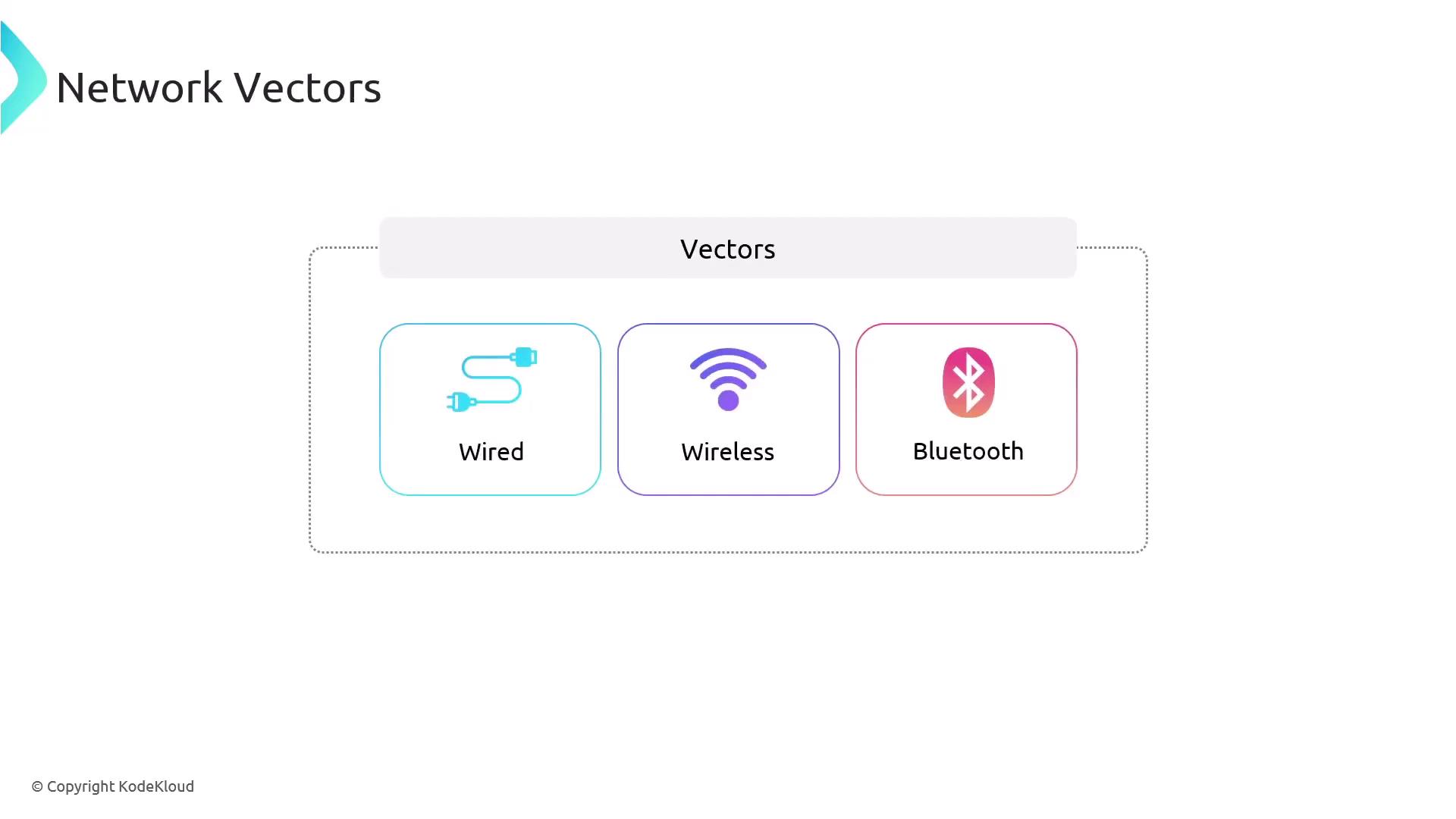CompTIA Security+ Certification
Threats Vulnerabilities and Mitigations
Other Threat Vectors
Attackers continually evolve their strategies to exploit vulnerabilities beyond traditional social engineering and human-targeted hacking. They increasingly take advantage of weaknesses in network infrastructures and supply chains.
Attack methods generally fall into two categories:
- Local Attacks: Directly target systems through physical access.
- Remote Attacks: Exploit vulnerabilities via network access, often bypassing conventional security measures.
A secure network adheres to the foundational principles of the CIA triad:
- Confidentiality: Ensuring that sensitive information is not disclosed to unauthorized individuals.
- Integrity: Maintaining the accuracy and consistency of stored data.
- Availability: Guaranteeing reliable and timely access to data and resources.
Failure to secure these aspects exposes the network to various risks and potential breaches.
Potential network threat vectors include:
- Wired Connections: Direct physical access can lead to hacking and data interception.
- Wireless Connections: Susceptible to eavesdropping and unauthorized access due to their broadcast nature.
- Bluetooth: Introduces additional risks through proximity-based exploits.

Note
Regular network security audits and prompt infrastructure updates are vital to mitigate these threat vectors and maintain robust security measures.
Watch Video
Watch video content